Don’t ask what is there in a name !- some are emotion, it teaches history! It makes me happy reading that the entry point to Andaman and Nicobar islands is now named ‘Sri Vijayapuram’ – removal of colonial vestige.
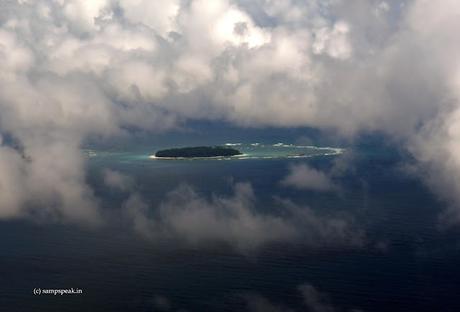
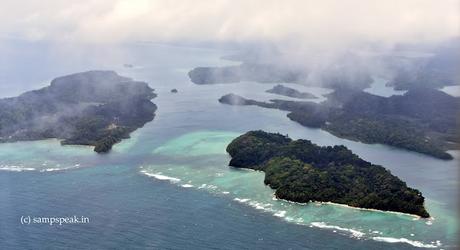
Port Blair is the capital city of the Andaman and Nicobar Islands and also the local administrative sub-division (tehsil) of the islands, the headquarters for the district of South Andaman, and the territory's only notified town. It is connected with mainland India by both air and sea. It is a two to three-hour flight from mainland India to Port Blair's Veer Savarkar International Airport and three to four days by sea to reach Kolkata, Chennai, or Visakhapatnam from Haddo Wharf in the city. It is home to several museums and the major naval base INS Jarawa of the Indian Navy.
The most important place is the historic Cellular Jail is in the city, and nearby small islands such as Corbyn's Cove, Wandoor, Ross Island and Viper Island were once home to British colonists. The city was named after Captain Archibald Blair, a British colonial navy official of the East India Company.
For sure, the islands existed centuries earlier and it was not as if British made a new island for living – it in fact was a place chosen by them for inflicting fear and agony on Indians. A penal colony – a place where freedom fighters were sentenced to life imprisonment aka cruel lonely death.
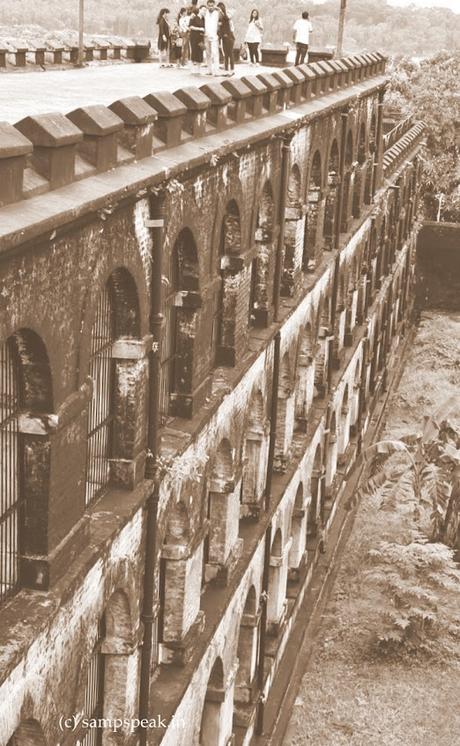
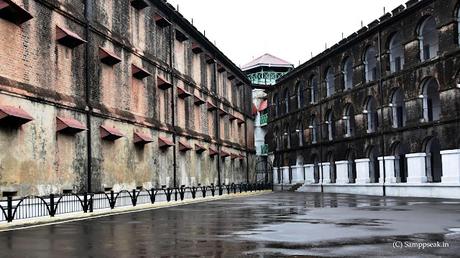
In 1789 the Government of Bengal established a penal colony on Chatham Island in the southeast bay of Great Andaman, named Port Blair in the honor of Archibald Blair of the East India Company. After two years, the colony moved to the northeast part of Great Andaman and was named Port Cornwallis after Admiral William Cornwallis. However, there was much disease and death in the penal colony, and the government ceased operating it in May 1796. In 1824 Port Cornwallis was the rendezvous of the fleet carrying the army to the First Anglo-Burmese War. In the 1830s and 1840s, shipwrecked crews who landed on the Andamans were often attacked and killed by the natives, alarming the British government. In 1855, the government proposed another settlement on the islands, including a convict establishment, but the Indian Rebellion of 1857 forced a delay in its construction.
However, since the rebellion provided the British with a lot of new prisoners, it made the new Andaman settlement and prison an urgent necessity. Construction began in November 1857 at the renovated Port Blair, avoiding the vicinity of a saltwater swamp that seemed to have been the source of many of the old colony's problems. The penal colony was originally on Viper Island. The convicts, mostly political prisoners, suffered life imprisonment at hard labor under cruel and degrading conditions. Many were hanged, while others died of disease and starvation. Between 1864 and 1867 a penal establishment was also built with convict labour on the northern side of Ross Island. As the Indian independence movement continued to grow in the late 19th century, the enormous Cellular Jail was constructed between 1896 and 1906 to house Indian convicts, mostly political prisoners, in solitary confinement.
The Cellular Jail is also known as Kala Pani, a name given to it due to the torture and general ill-treatment of its Indian convicts. In World War II the islands were occupied by the Japanese on 23 March 1942 without opposition from the garrison. From 1943 to 1944, Port Blair served as the headquarters of the Azad Hind government under Subhas Chandra Bose. British forces returned to the islands in October 1945.
The man who gave the Port its name - Archibald Blair (1752–1815) was a naval surveyor and lieutenant in the Bombay Marine Archibald Blair joined the Bombay Marine, received his first commission in 1771 and was promoted captain in 1792. In 1772, as a midshipman, he went on his first survey mission along the coasts of India, Iran and Arabia. In 1780 he was lieutenant on a ship captured by a French man-of-war off the Cape of Good Hope. He was kept prisoner by the French until 1784 when they handed him over to the Dutch who returned him to the Bombay Marine that same year. He was given the then considerable sum of £200 on account of his long captivity and suffering. Between 1786 and 1788 he took part in a number of survey missions, to the Chagos Archipelago, to Diamond Harbour south of Calcutta and to adjacent parts of the Hooghly River.Blair's assignment to the Andaman Islands, was with a view to establishing a settlement. On his first voyage, between December 1788 and April 1789, he surveyed the southern part of Great Andaman Island, identifying several harbours that might be useful, including a fine natural harbour on the SE of the island which he initially named Port Cornwallis (later renamed Port Blair after him). It relied on contracted labourers, and latterly on convict labor. In 1792 Blair was ordered to relocate the settlement to North Andaman Island and hand over command to Major Alexander Kyd.
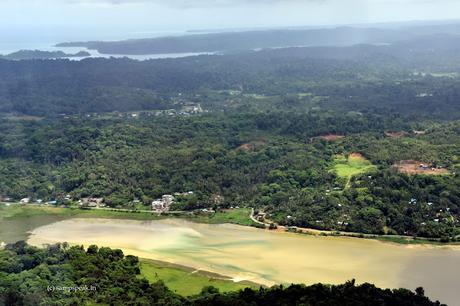
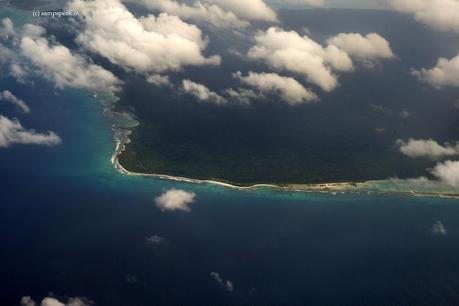
Never a great movie buff, I cried seeing this film in Kakinada – ‘Kalapani (Chiraichalai)’ in Telugu.Mohanlal as hero it was on thelives of prisoners in British India sentenced to Kālā Pānī, the Cellular Jail in Port Blair, Andaman and Nicobar Islands. Illayaraja’s music was lifting, yet I felt very gloomy towards the climax. So I was looking forward to the opportunity of visiting this historic place and when it occurred in June 2018, I was overwhelmed.The imposing cellular jails, to whichthe British exiledpolitical prisoners and treated them cruelly.It housed many great freedom fighters including Batukeshwar Dutt, Yogendra Shukla and Vinayak Damodar Savarkar, among others.
In the dark hours ofApril 29, 1912, an alarm went up on the ‘yard three’ wing of the Cellular Jail in Port Blair. Warden Gulmir, stationed at the jail’s central tower, rushed to the wing and shined a hurricane lamp through the iron-barred door of cell 82. He found the bed empty. The prisoner, a young Bengali revolutionary called Indu Bhushan Roy, who had completed two years of his ten years’ rigorous imprisonment, was dead. His body hung from the window, a strand of torn kurta wound around his neck.The newspapers wrote : Kalapanihad claimed one more tortured soul. Three suicides a month had become the norm in Andaman.Roy’s death drove fellow Bengali prisoner Ullaskar Dutt to madness. For the British, Dutt was a “known troublemaker”: as a student in Calcutta, he stole chemicals from the university laboratory to make bombs. One of his homemade bombs killed two British citizens—an act that landed him in Andaman. Roy’s suicide had so angered him that he accused the jail’s medical superintendent Dr F.A. Barker of aiding it.
It is not simply any place – no Blair or any colonial vestige, it is the land when hundreds of young who fought for the Nation were incarcerated, cruelly treated and lost their lives dreaming for Free India.Long live their memory.
Jai Hind, Jai Sri Vijaya Puram.With regards – S Sampathkumar
14.9.2024

